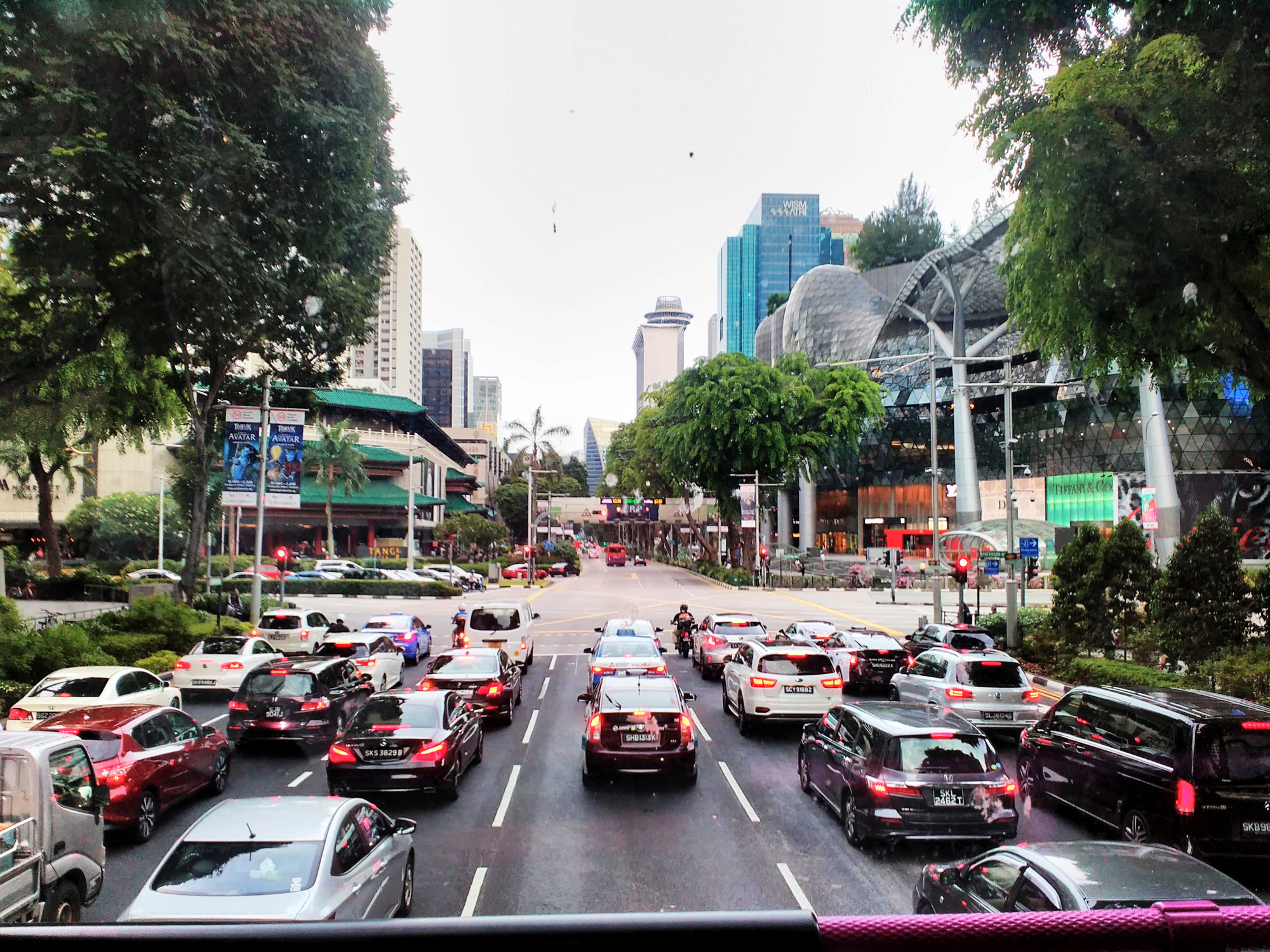SINGAPORE: In a significant move to adjust vehicle ownership, the Land Transport Authority (LTA) announced on October 29 that it will inject up to 20,000 additional Certificates of Entitlement (COE) across five vehicle categories starting February 2025.
According to a report published by The Straits Times, this expansion aims to accommodate a 2% increase in the vehicle population, reflecting changes in travel patterns and a noted 6% decrease in total vehicle mileage from 2019 to 2023.
Can it better manage traffic congestion?
The announcement coincides with the rollout of the new satellite-based Electronic Road Pricing (ERP) system, dubbed ERP 2.0, which will enable authorities to better manage traffic congestion with innovative “virtual gantries.”
These enhancements are expected to optimize vehicle usage and address congestion issues more effectively.
While the increase in COEs will boost availability, the impact on COE premiums remains uncertain. In the most recent tender held on October 23, COE prices for all categories saw a slight decline, though car premiums still surpassed the $100,000 mark.
As of September 2024, there were 1,003,126 vehicles registered in Singapore.
In terms of distribution, LTA indicated that the allocation of the new COEs will be informed by a review of traffic data and deregistration rates across various categories, although specifics about the timeline for distribution were not provided.
Additionally, LTA noted that future injections of COEs could occur as more data becomes available through the ERP 2.0 system, including the potential for distance-based charging.
Sustainable transport solutions
Transport Minister Chee Hong Tat had previously expressed a willingness to explore a one-off increase in the vehicle population, which would be coupled with higher usage-based charges to mitigate congestion.
With the introduction of new COEs, LTA confirmed that ERP charges will be adjusted according to prevailing traffic conditions.
The upcoming COE injection mirrors a similar strategy employed between 1997 and 2003 when 10,500 COEs were added following the implementation of the ERP system, which provided authorities with enhanced control over vehicle usage.
This time, the increase comes in addition to the current zero growth rate for cars and motorcycles, a policy in place since 2018.
LTA observed that travel patterns have shifted significantly post-COVID-19, with reduced demand and congestion in the Central Business District (CBD). Currently, traffic speeds in the CBD are within optimal ranges, allowing for a temporary suspension of ERP charges in the area.
Despite these changes, the Government remains committed to its long-term “car-lite” vision, emphasizing walking, cycling, and public transport as preferred modes of travel. The rail network has expanded by 18% since 2019, with more MRT lines set to open in the coming years.
As for the COE growth rate, it will stay at zero for cars and motorcycles until January 31, 2028, while commercial vehicles will see a modest growth rate of 0.25% per year during the same period. This rate is reviewed every three years, with the last assessment conducted in 2021.
LTA also provided an update on the ERP 2.0 initiative, revealing that approximately 150,000 vehicles have been equipped with new onboard units since November 2023. The new system is poised to introduce distance-based charging, although LTA emphasized that no decision has yet been made on its implementation.
The planned increase in COEs marks a strategic effort to adapt to evolving travel behaviors while maintaining a focus on sustainable transport solutions in Singapore.

